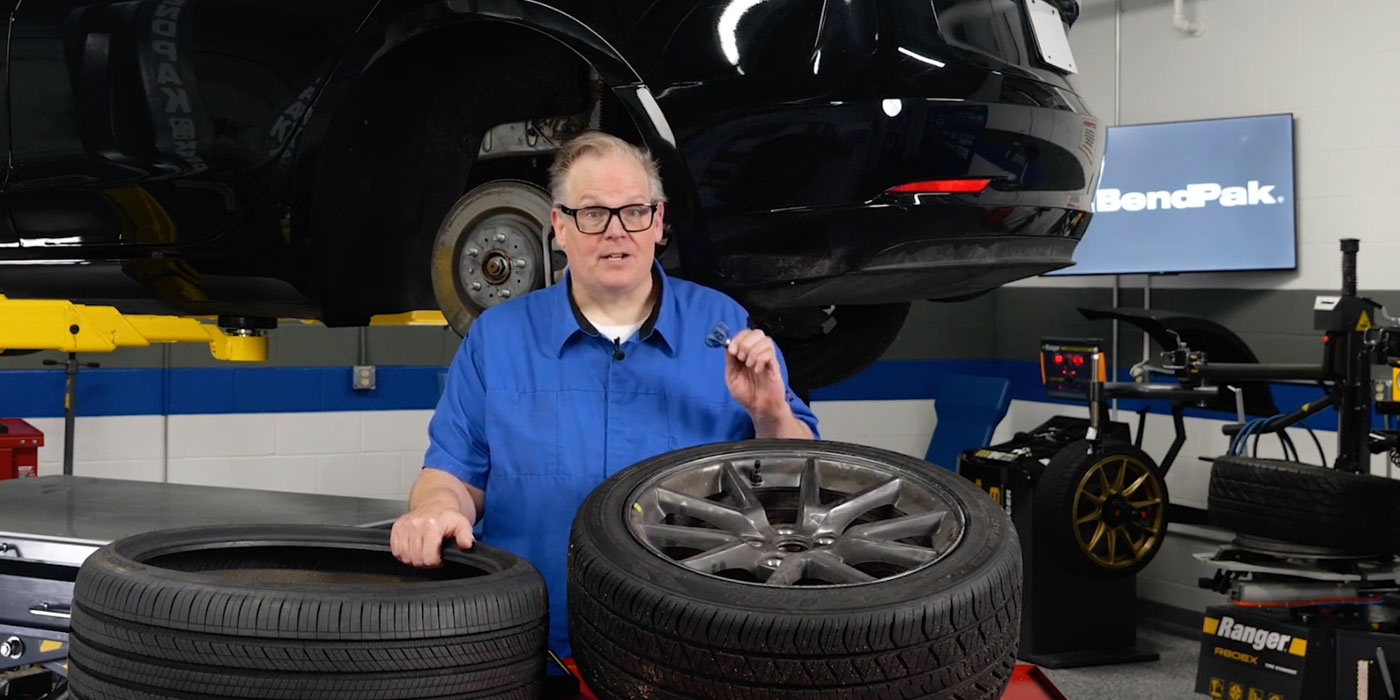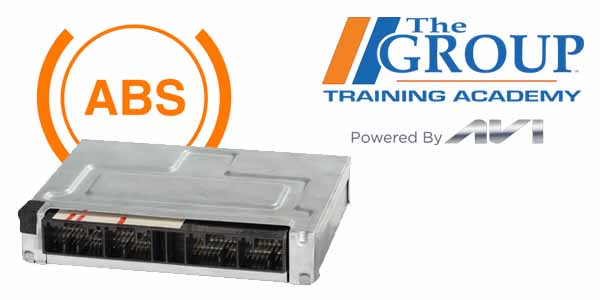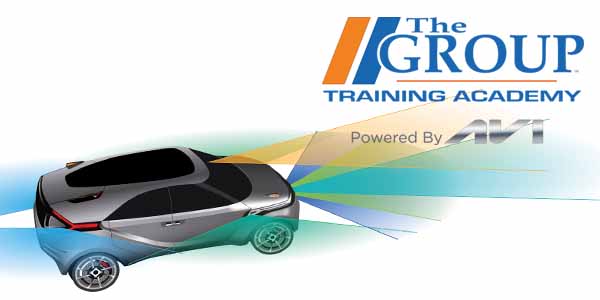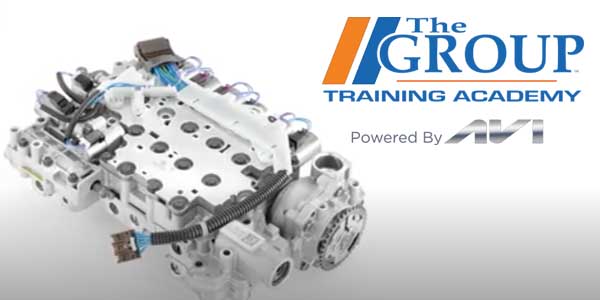CC:
The traditional steering and suspension systems have been mechanical for decades, relying on a series of linkages, springs and dampers to keep the vehicle stable and balanced. However, as cars become more complex, there was a need for more advanced technology. Electronic steering and suspension controls use sensors and software to adjust the vehicle’s behavior, based on the road conditions and driving style.
Electronic systems have several advantages over traditional mechanical systems. They are faster, more precise, and can adapt to changing conditions quickly. They also provide more information to the driver, enhancing the driving experience.
Electronic steering and suspension systems use sensors to detect the vehicle’s behavior and adjust the steering and suspension accordingly. These sensors are located throughout the vehicle and measure things like wheel speed, vehicle speed, and steering angle.
The data from these sensors is fed into a computer, which uses complex algorithms to determine the best course of action. For example, if the vehicle is cornering too fast, the system may apply the brakes to the inside wheel, reducing the risk of a rollover. The system can also adjust the suspension to provide a smoother ride or improve handling.
The sensors used in electronic steering and suspension systems are very accurate and can detect even the slightest changes in the vehicle’s behavior. This allows the system to make adjustments in real-time, improving the driving experience and enhancing safety.
Stability control is one of the most important features of electronic steering and suspension systems. It is designed to prevent the vehicle from losing control during sudden maneuvers or slippery conditions. Stability control uses sensors to detect when the vehicle is starting to slide or skid and then applies the brakes to individual wheels to counteract the skid. Stability control has been shown to significantly reduce the risk of accidents, especially in wet or icy conditions.
Adaptive suspension is another feature of electronic steering and suspension systems. It is designed to adjust the suspension to provide the best possible ride based on the road conditions and driving style. Adaptive suspension uses sensors to detect the vehicle’s behavior and adjust the suspension accordingly.
For example, if the vehicle is cornering too fast, the system may stiffen the suspension to reduce body roll and improve handling. If the road is rough, the system may soften the suspension to provide a smoother ride.
Electronic systems are also more reliable than traditional mechanical systems. They require less maintenance and are less prone to wear and tear. This results in lower repair costs and higher resale values.
Electronic steering and suspension technology is constantly evolving, with new innovations being introduced every year. One of the latest innovations is active steering, which uses electric motors to adjust the steering angle based on the driving conditions. Active steering improves vehicle handling and stability, especially at high speeds. It also enhances driver comfort by reducing the effort required to steer the vehicle.
One of the most promising areas of development is autonomous driving. Electronic systems will play a critical role in the development of autonomous vehicles, providing the sensors and software needed to navigate the vehicle safely.
The benefits of electronic systems are clear. They enhance vehicle safety and performance, improve driver comfort, and provide more information to the driver. The future of electronic steering and suspension controls is exciting, with new innovations being introduced every year.
Thanks for watching.













